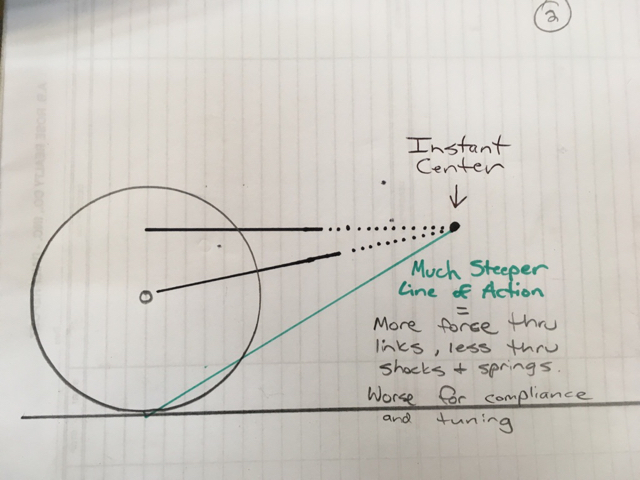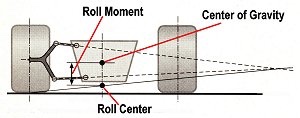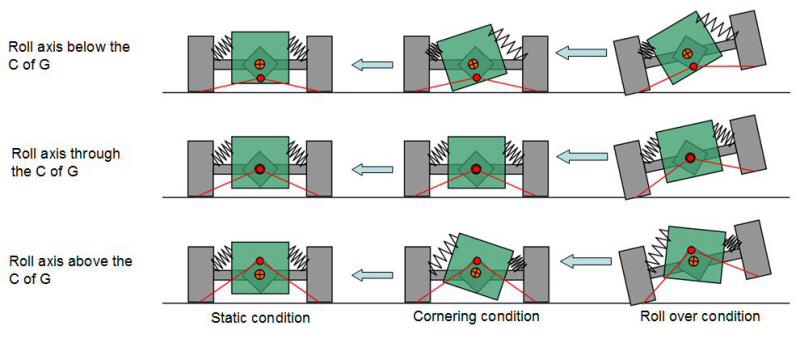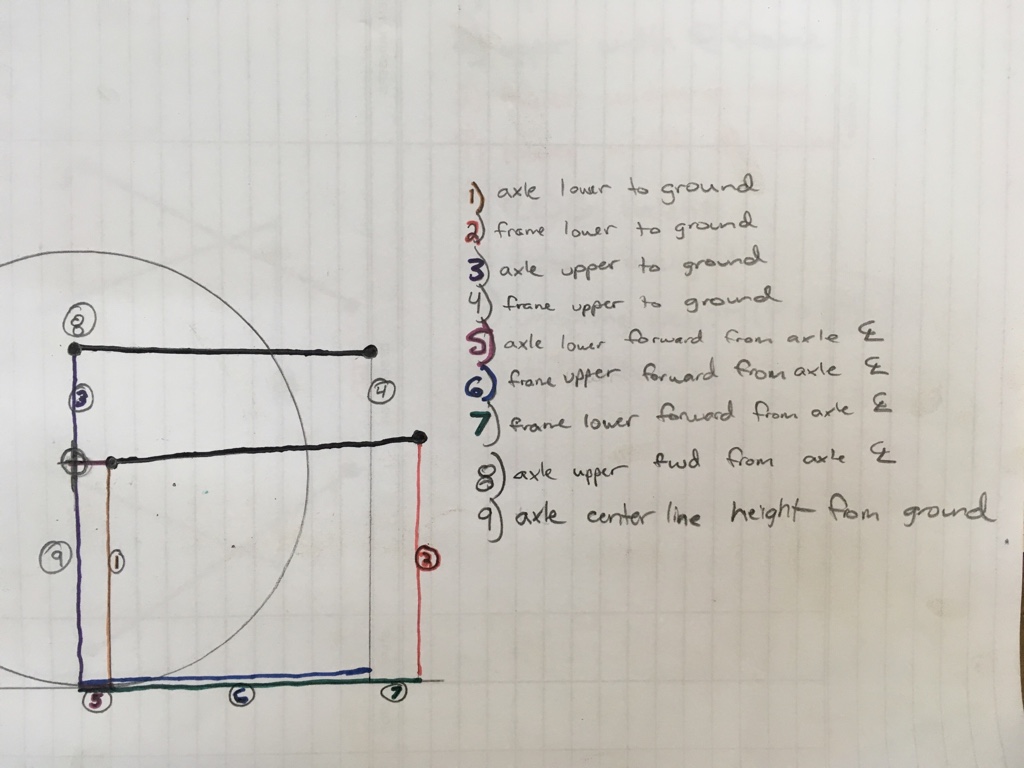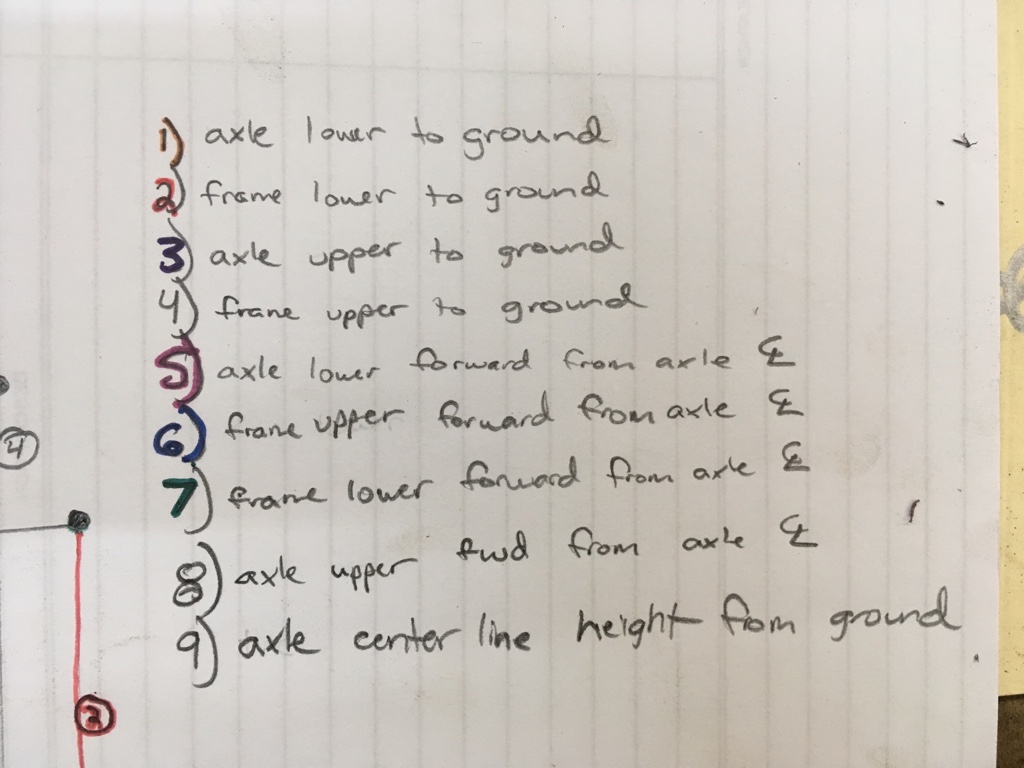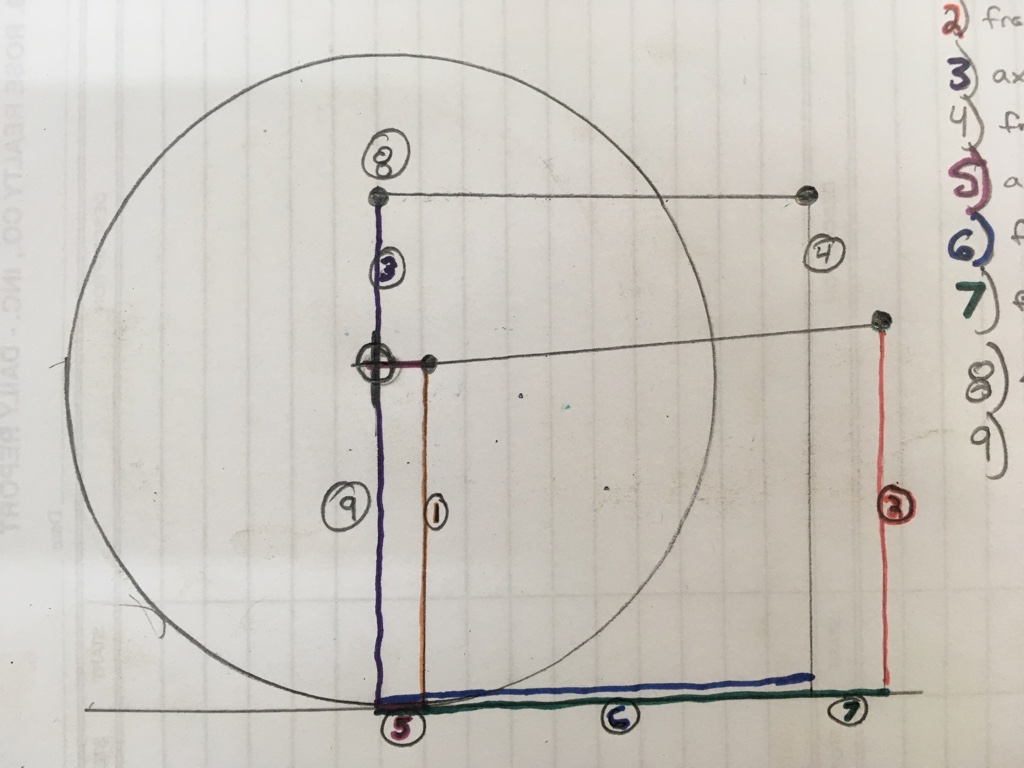Mac5005
Well-Known Member
- Joined
- Oct 19, 2005
- Location
- Rocky Mount
I intend this thread to be a collection of suspension theory and design/engineering principles that are proven to work. This is mainly coming as a spinoff from a few other threads, and recently from Daves thread on springs and shock setup. This will be a little slow to develop at first, as its going to take some time to arrange my thoughts, and try to back them up with pictures to aid in understanding.
I am by no means an engineer, and I intend to take many liberties with the principles at play to aid in explanation and understanding of vehicle dynamics.
Many of these thoughts, theories, and designs are not my creation, but are a collection of thoughts from those much smarter than me, that choose to share them on the web.
These theories are constantly evolving, and nothing is written in stone.
A good quality suspension, one "that works" , is comprised of a quality design that compromises all aspects to a well balanced package that matches the desired usage. There is no solid concrete design or answer.
An ultra4 buggy or "car" is built and designed to perform under unreal circumstances at high speeds for miles and hours at a time with minimal part failures. However it also must perform well in technical rock sections as well.
A mud truck, or even a mega truck has to get the power to the ground nearly instantly, yet rarely sees inclines, or off camber sections. It also rarely sees high traction surfaces.
A trophy truck has to perform well for hours at time with minimal failures at high speeds. Ground clearance is less of a concern than Ultra4, and no compromises can be made with suspension compliance.
A cone dodger or comp crawling buggy sees extreme angles both front to rear and side to side. It must be able to make climbs on both low and high traction surfaces, but is rarely operated at speed.
So where does a semi-hardcore trail rig fit in? Or a Dual purpose hardcore rig, that still sees some street use.
Each one of these types of vehicles requires a slightly different design and setup. Shock selection and tuning is very different for all.
A great setup in one area, may mean a huge compromise in another area. This is the common theme. The hard part is to design a rig that does everything well, and give up as little as possible.
I hope to start off with the easier stuff, and then increase in difficulty as the conversation and thread progresses.
I am by no means an engineer, and I intend to take many liberties with the principles at play to aid in explanation and understanding of vehicle dynamics.
Many of these thoughts, theories, and designs are not my creation, but are a collection of thoughts from those much smarter than me, that choose to share them on the web.
These theories are constantly evolving, and nothing is written in stone.
A good quality suspension, one "that works" , is comprised of a quality design that compromises all aspects to a well balanced package that matches the desired usage. There is no solid concrete design or answer.
An ultra4 buggy or "car" is built and designed to perform under unreal circumstances at high speeds for miles and hours at a time with minimal part failures. However it also must perform well in technical rock sections as well.
A mud truck, or even a mega truck has to get the power to the ground nearly instantly, yet rarely sees inclines, or off camber sections. It also rarely sees high traction surfaces.
A trophy truck has to perform well for hours at time with minimal failures at high speeds. Ground clearance is less of a concern than Ultra4, and no compromises can be made with suspension compliance.
A cone dodger or comp crawling buggy sees extreme angles both front to rear and side to side. It must be able to make climbs on both low and high traction surfaces, but is rarely operated at speed.
So where does a semi-hardcore trail rig fit in? Or a Dual purpose hardcore rig, that still sees some street use.
Each one of these types of vehicles requires a slightly different design and setup. Shock selection and tuning is very different for all.
A great setup in one area, may mean a huge compromise in another area. This is the common theme. The hard part is to design a rig that does everything well, and give up as little as possible.
I hope to start off with the easier stuff, and then increase in difficulty as the conversation and thread progresses.


